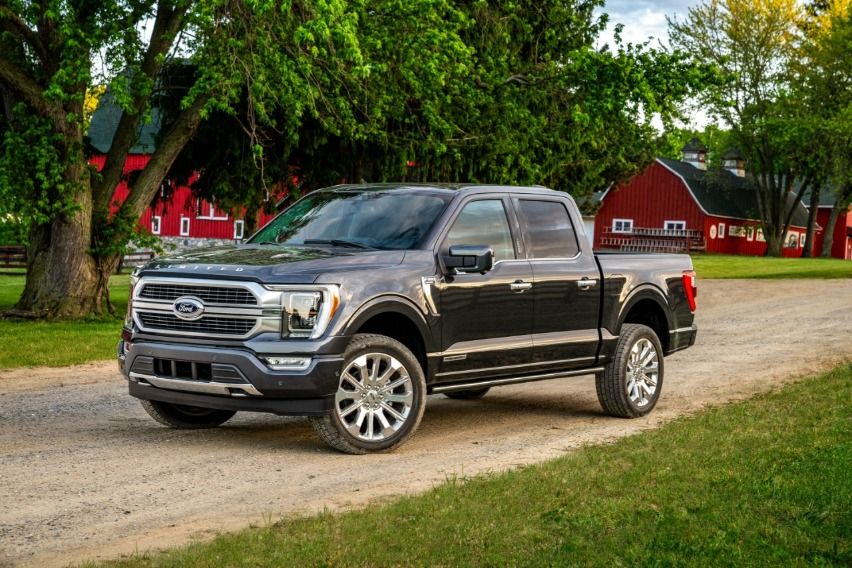Five Things You Need to Know on How to Register a Brand-New Car

You’ve probably been told several times that buying a car is no easy task. One must know that the process is not all sunshine and rainbows, and as such entails research and responsibility. A little knowledge goes a long way in making the road to car ownership as smooth as possible.
One of the most complicated and daunting aspects of new car ownership is car registration. Fortunately, many dealerships offer car registration as part of their services, often offering it to car shoppers for free. Still, it pays to know how the car registration process goes, because eventually, the responsibility will fall on the owner once the car has changed hands. For those who want to know how dealerships complete the registration of the new cars they sell to customers, here are the five steps to remember:

1. First things first: the registrant must identify the category of the vehicle to be registered. If its locally-manufactured, they must present:
- Original Sales Invoice of Motor Vehicle
- Certificate of Stock Report (CSR)
- Certificate of Quality Control
- Valid PNP-HPG MV Clearance Certificate
- Duly accomplished and approved Motor Vehicle Inspection Report (MVIR)
- Appropriate insurance certificate of cover
- Valid Certificate of Public Convenience duly confirmed by the LTFRB, in case of for hire MV’s
- Taxpayer’s Identification Number (TIN)
If it’s an import (cars that purchased outside the country), then the registrant must have:
- Commercial Invoice of MV issued by the country of origin
- Bill of Lading
- BOC Certificate of Payment
- Certificate of Stock Reported (CSR)
- Sales Invoice of the MV
- PNP-TMG MV Clearance Certificate
- Duly accomplished and approved Motor Vehicle Inspection Report (MVIR)
- Appropriate insurance certificate cover
- Valid Certificate of Public Convenience duly confirmed by the LTFRB, in case of for hire MV’s
- Taxpayer’s Identification Number (TIN)
2. After securing the requirements, the registrant for locally-manufactured units can proceed to the LTO regional offices where the sale of the particular motor vehicle took place. For brand-new imports, they must submit the requirements at the four designated district offices: Diliman, Quezon City, Pasay and Caloocan.
3. Go to the transaction counters to submit the required documents for evaluation and computation of fees.
4. After getting clearance from the evaluator, they wait for the cashier to call them up for the registrant to pay the necessary fees and obtain an Official Receipt (OR).
5. Lastly, they need to wait for the Releasing Counter to receive their Certificate of Registration (CR), plates, stickers, and other requested documents.

Source: http://lto.gov.ph/motor-vehicle-registration
Updated by Wilbert Tan on July 28, 2020
Also read:
5 Defensive Driving Tips All Road Users Should Use
Everything you need to know about the LTO driving test (and how to pass it)
Featured Articles
- Latest
- Popular
Recommended Articles For You
Featured Cars
- Latest
- Upcoming
- Popular
Car Articles From Zigwheels
- News
- Article Feature
- Advisory Stories
- Road Test

